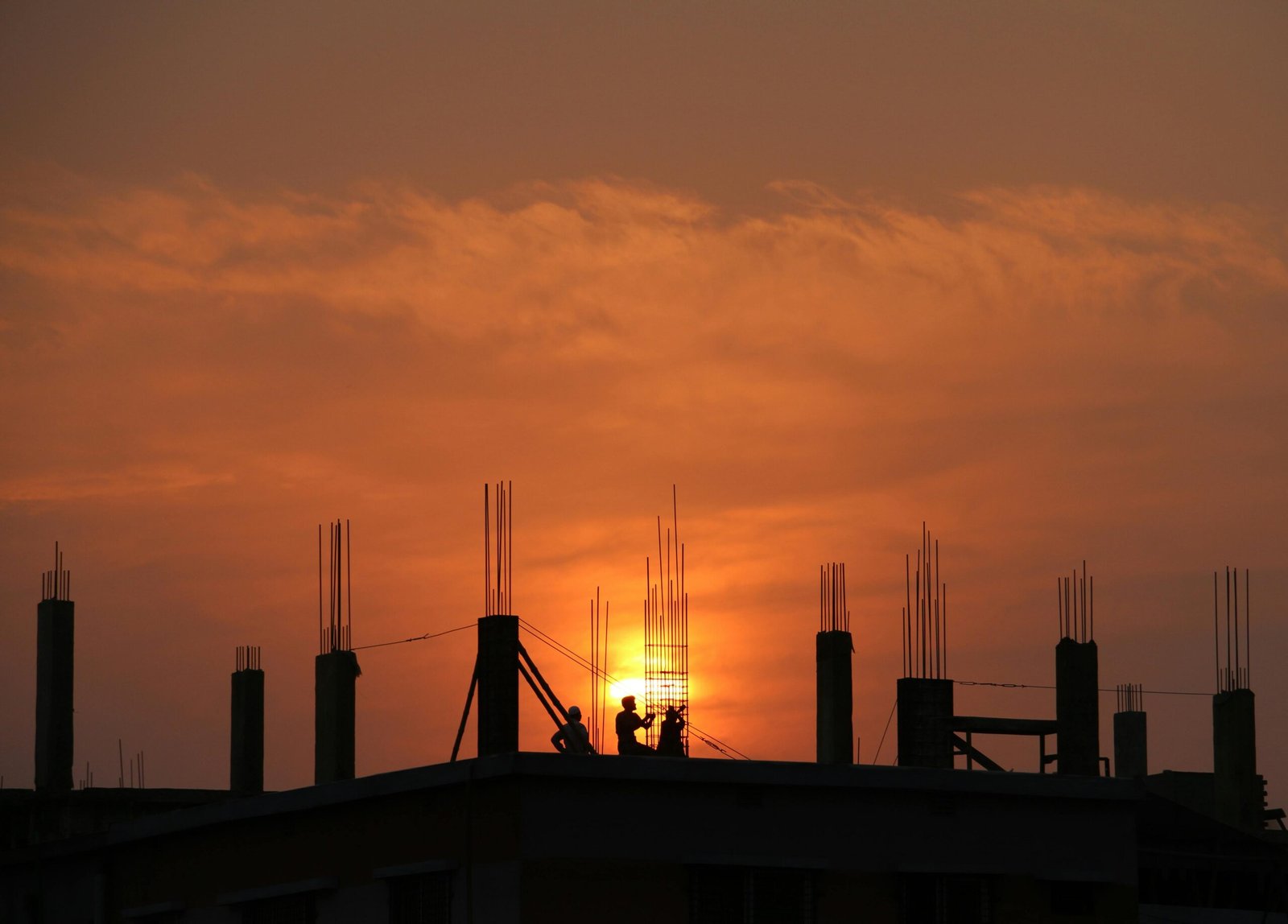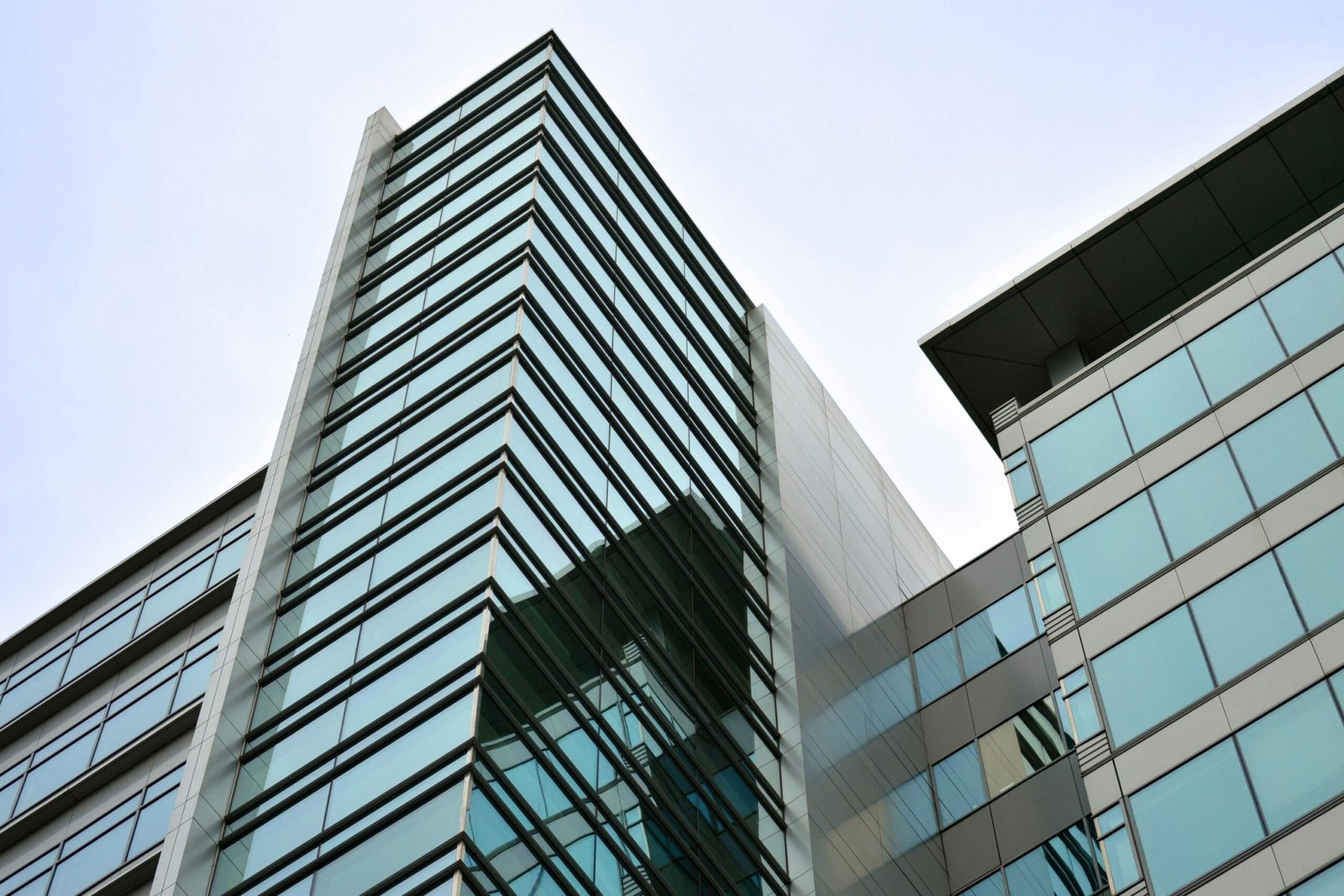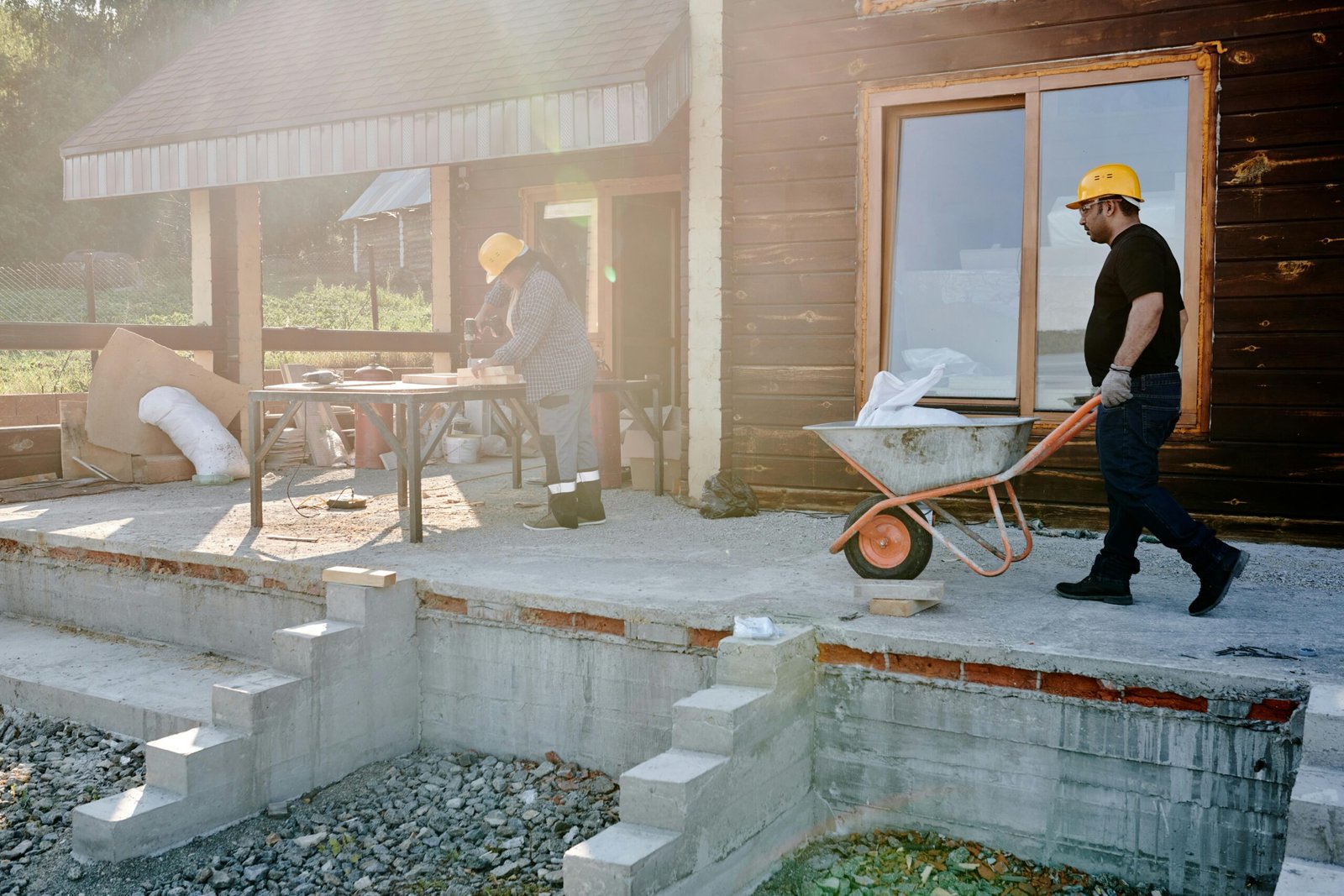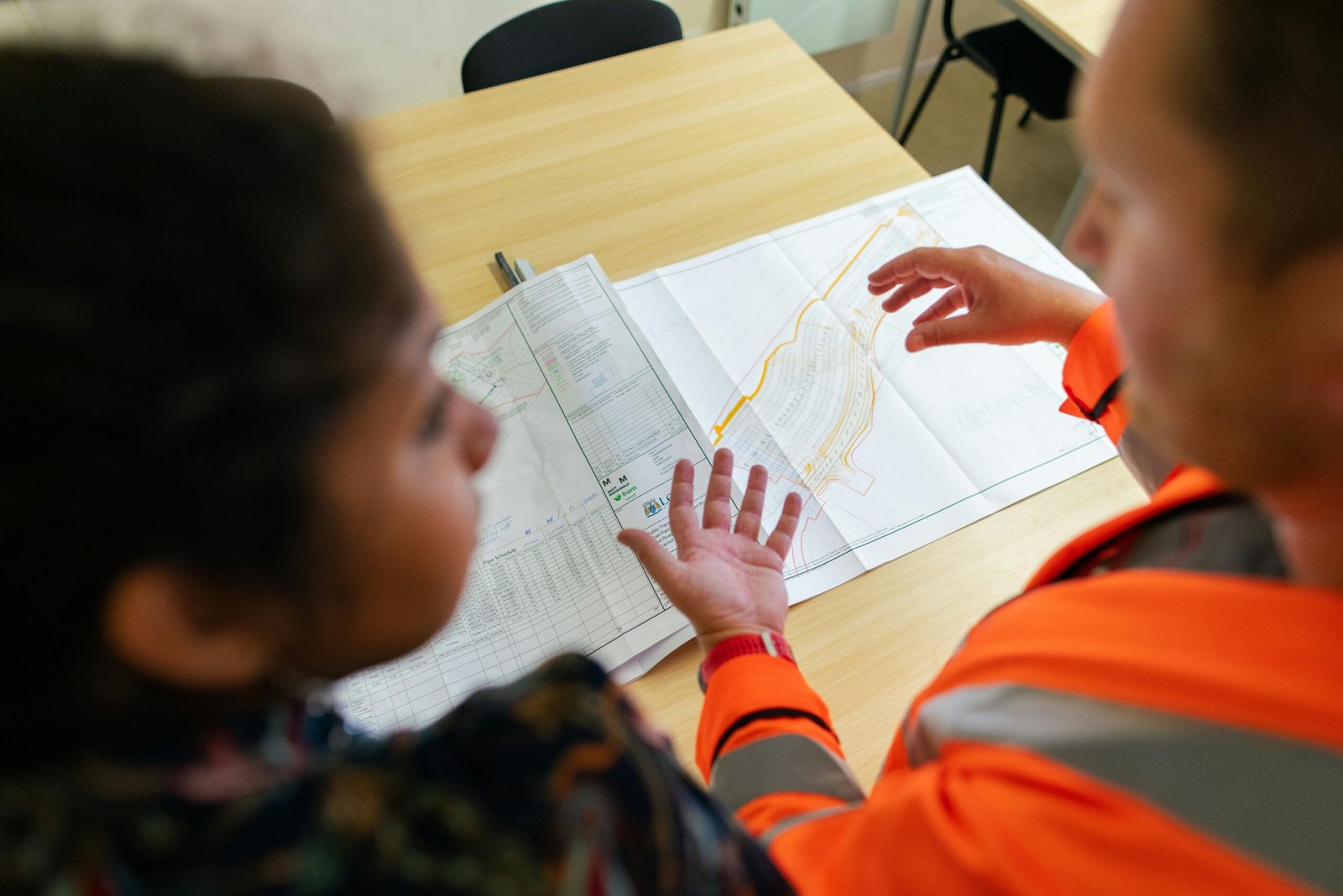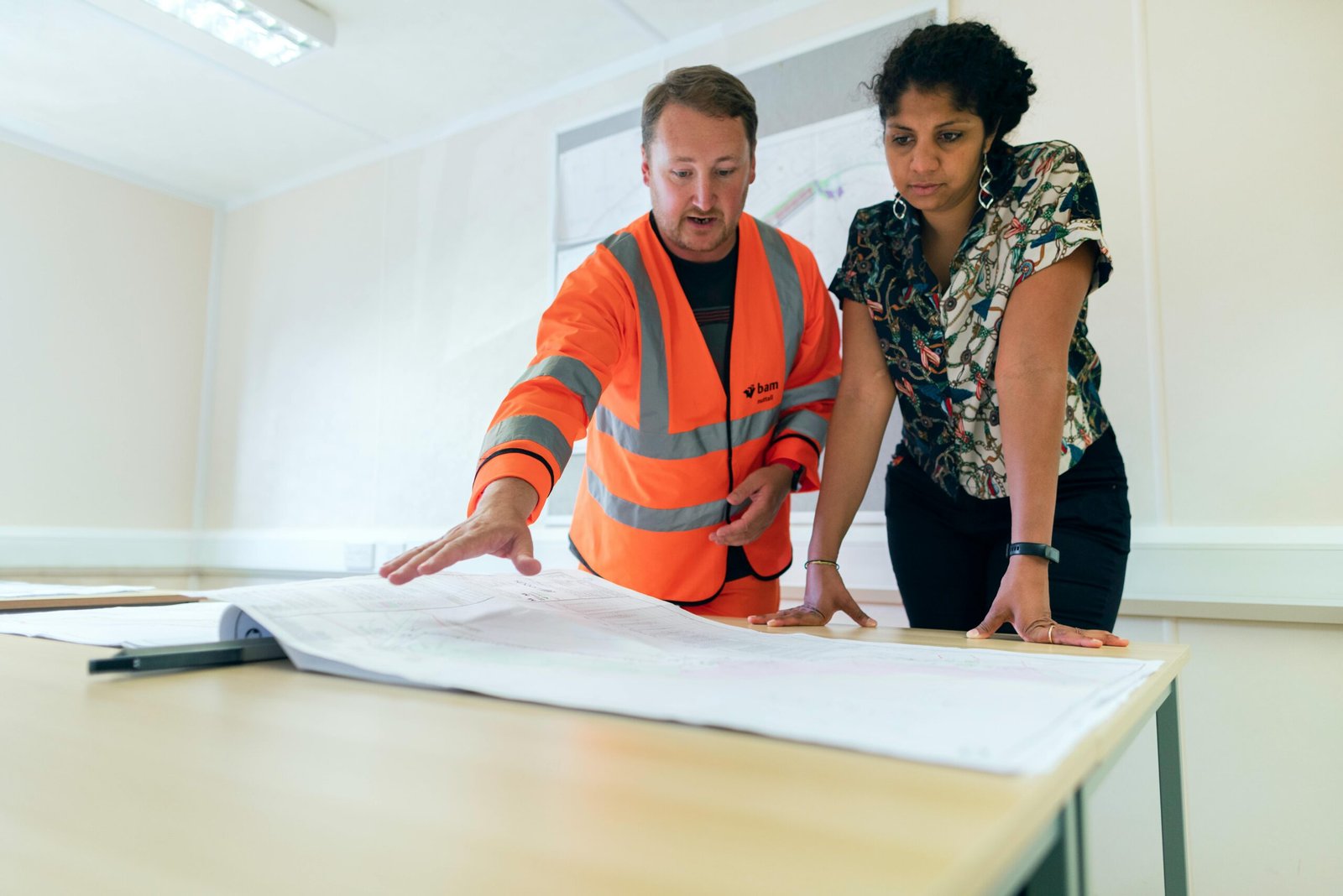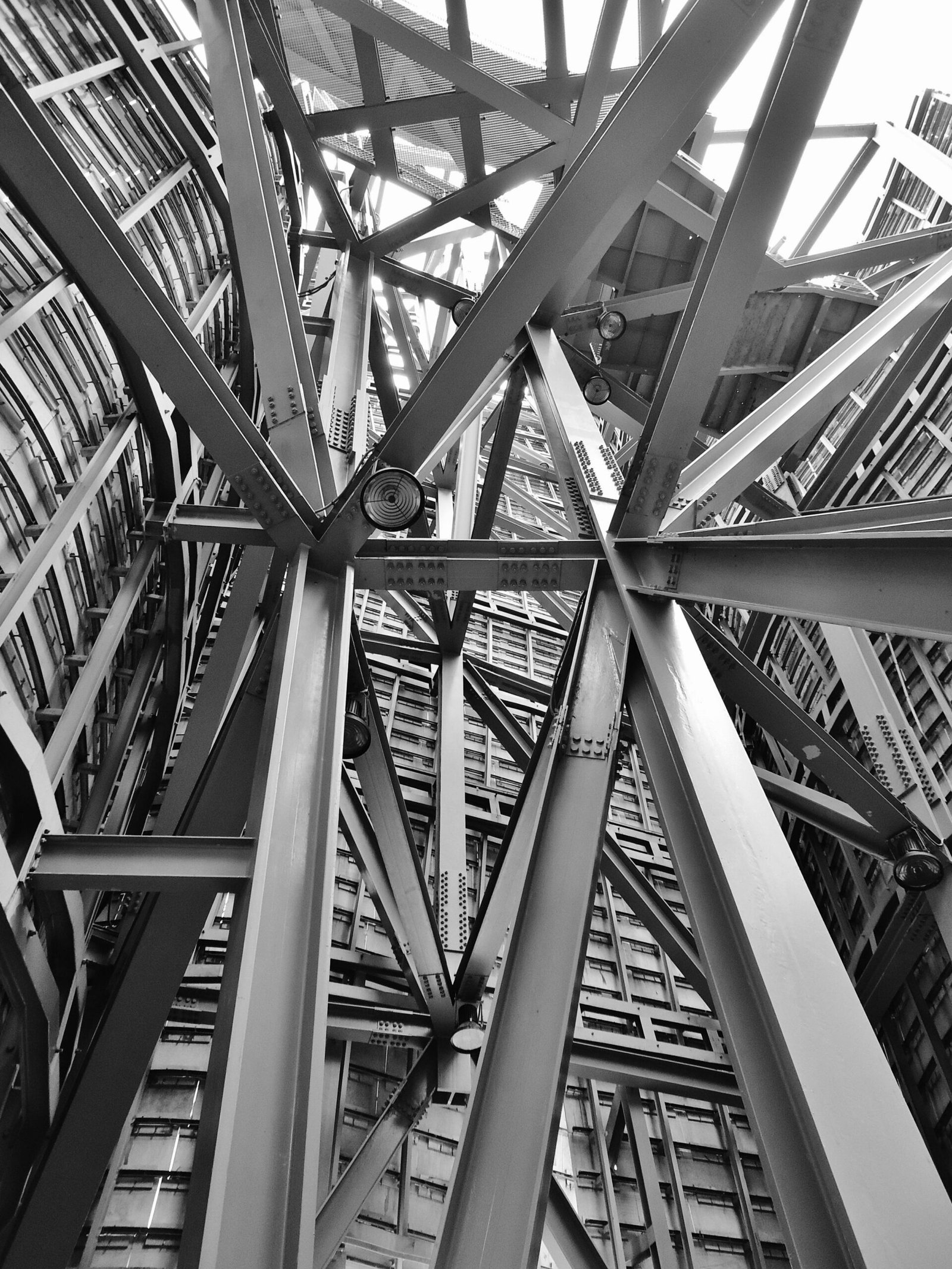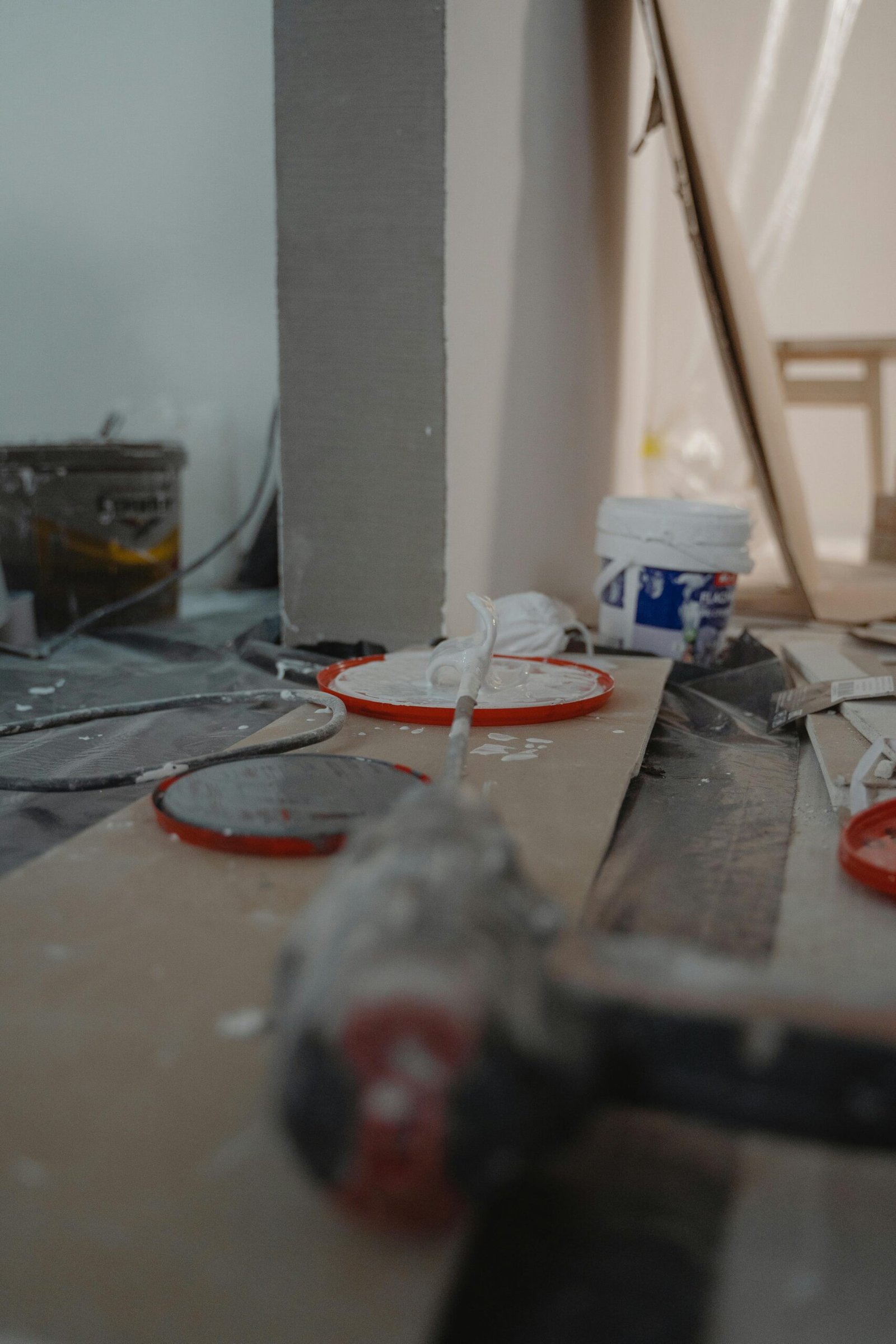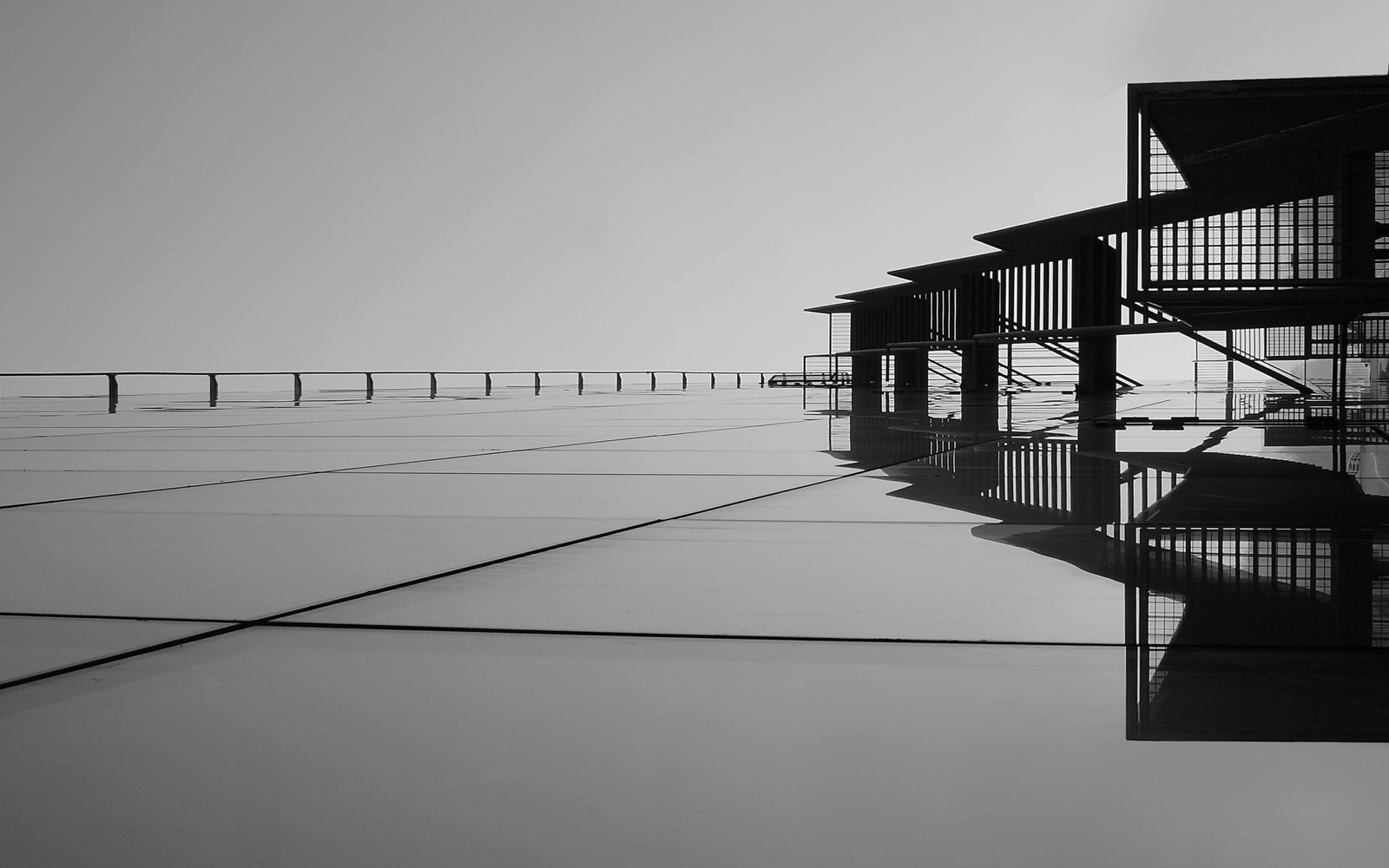Hiring a Construction Company in the Philippines: A Comprehensive Guide Embarking on a construction project in the Philippines can be both exciting and challenging—especially for homeowners, investors, and business owners who are unfamiliar with the local construction landscape. Whether you are planning a small residential
Best Construction Company Near Me: Top Construction in the Philippines for 2026 Every construction project—whether residential, commercial, or mixed-use—is a major investment. Beyond the financial cost, it involves time, trust, and emotional commitment. As we move into 2026, choosing the best construction company near you
Residential Construction in Laguna, Cavite, and Quezon: The Nillasca Construction Approach Building a home is a major life milestone—one that requires careful planning, technical expertise, and a construction partner you can trust. In fast-growing provinces like Laguna, Cavite, and Quezon, residential construction demands not only
Whether you're planning to build a new home, renovate a property, or develop a commercial space, building contractors play a central role in turning your vision into reality. In the fast-growing construction industry in the Philippines, choosing the right contractor can be the difference between
In every successful construction project—whether it’s a residential home, commercial building, or renovation—there is one key player responsible for ensuring everything runs smoothly: the contractor. Many homeowners and project owners underestimate just how complex construction can be. From manpower coordination to permits, procurement, scheduling, safety,
Understanding Frame Structure: Why This Essential System Can Make or Break Your Construction Project
In construction, the strength of a building begins with its core support system. One of the most widely used systems today is the frame structure, a construction method designed to carry loads, ensure stability, and maintain the building’s overall strength. Whether you’re building a residential
When building a home, commercial property, or any structure in the Philippines, one of the most important concepts homeowners need to understand is the construction area. While it may sound technical, knowing how the construction site is calculated— and how it affects your budget, design,
When building or renovating a home in the Philippines, most homeowners focus on floor layouts, wall finishes, and roofing materials. However, one of the most impactful yet overlooked elements of a home’s interior is the roof ceiling design. A well-designed ceiling does far more than
Building a home or commercial space is more than just putting materials together—it begins with a vision, shaped through architectural planning, and brought to life through the construction process. Many homeowners focus only on the building phase, but understanding the relationship between architecture and construction
When building a house, one of the most important decisions any homeowner must make involves the structure that will support the entire property: the slab construction. A well-designed slab serves as the foundation of your home, providing strength, stability, and long-term durability. In the Philippines—where

